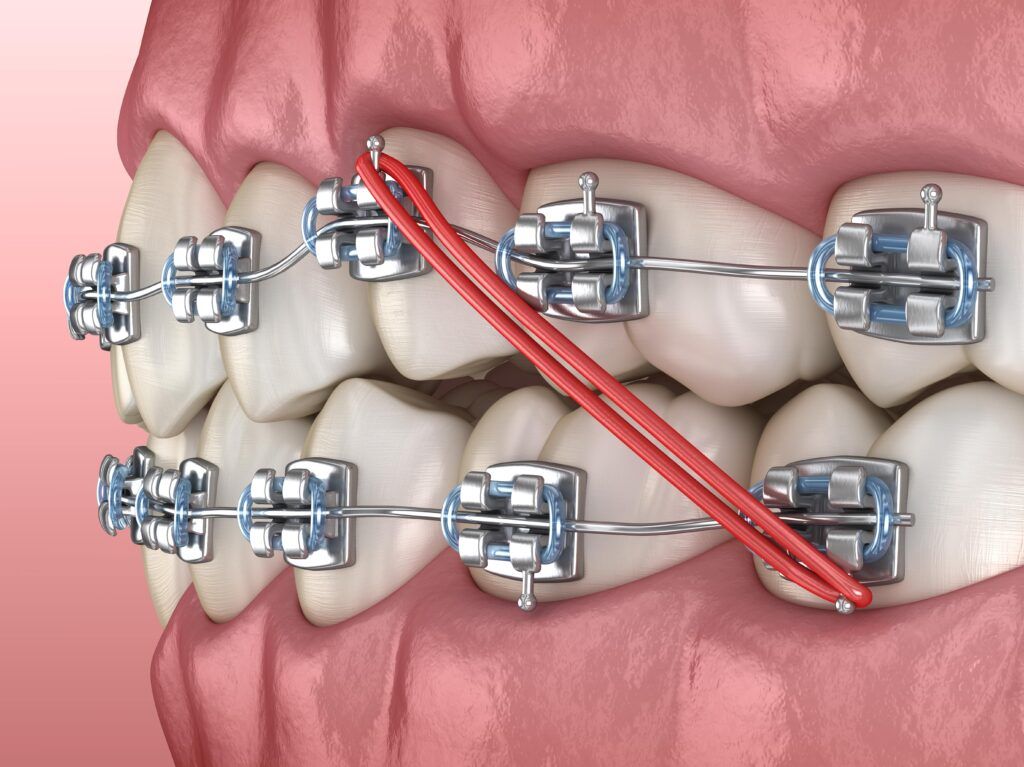How Cumming Orthodontics Can Transform Your Smile with Invisalign and Braces
How Cumming Orthodontics Can Transform Your Smile with Invisalign and Braces
Blog Article
Comprehensive Overview to Orthodontics Treatments for Remedying Dental Imbalances
Understanding the complexities of each procedure, including their mechanisms, advantages, and prospective drawbacks, is essential in making informed decisions regarding one's orthodontic treatment. As we navigate with the comprehensive guide to orthodontic procedures for remedying oral imbalances, the complex information of each technique will certainly unravel, shedding light on the course toward a practical and unified dental positioning.
Orthodontic Procedures Overview

In addition to clear aligners and conventional braces, orthodontists might additionally advise other interventions like headgear, palatal expanders, or retainers to attend to details alignment issues (cumming orthodontist). These procedures are tailored per patient's unique needs and may involve a combination of treatments to achieve the wanted outcomes. Normal changes and surveillance are essential parts of orthodontic therapy to guarantee progress is on track and to make any necessary modifications along the road. By undergoing orthodontic treatments, people can not just accomplish a straighter smile but additionally boost their general oral health and function.
Conventional Dental Braces: Exactly How They Work
When considering orthodontic treatments for dental imbalances, standard dental braces stand out as a time-tested method for fixing teeth positioning. Standard braces consist of braces, wires, and bands that work with each other to use continuous stress on the teeth, gradually moving them right into the desired placement.
As pressure is used to the teeth with the braces, the bone bordering the teeth is improved to sustain the new tooth positions. People will certainly require routine changes at the orthodontist's workplace to guarantee the dental braces proceed to apply the correct stress for efficient teeth motion.
Unnoticeable Aligners: Cons and pros
Unnoticeable aligners offer a convenient and very discreet option to standard braces for fixing oral misalignments. These clear, customized trays are practically unnoticeable when worn, making them an enticing choice for people seeking an extra visually pleasing orthodontic therapy. One of the key advantages of invisible aligners is their removability, enabling easier maintenance of dental health compared to standard dental braces. Clients can eliminate the aligners prior to eating or cleaning their teeth, lowering the risk of food obtaining embeded the appliance and streamlining the cleansing process.

Surgical Orthodontic Options
Surgical interventions in orthodontics existing feasible options for dealing with intricate dental imbalances that may not be properly settled via traditional orthodontic treatments. While standard braces and unseen aligners can deal with several orthodontic concerns, certain cases require medical intervention to achieve optimal outcomes. Surgical orthodontic alternatives are generally suggested for extreme malocclusions, substantial jaw disparities, and situations where the underlying bone framework needs adjustment to accomplish appropriate positioning.
One usual surgical orthodontic treatment is orthognathic surgery, which entails repositioning the jaws to correct functional issues such as problem chewing or talking. This surgery is frequently executed in partnership with an description orthodontist who assists straighten the teeth before and after the treatment. Surgical orthodontics may also entail procedures to expose impacted teeth, remove excess gum tissue, or reshape the jawbone to create a much more harmonious facial account.
Prior to considering medical orthodontic choices, patients undergo a comprehensive assessment to establish the requirement and possible advantages of such interventions. cumming orthodontics. While surgical Source procedure might seem daunting, it can considerably boost both the feature and appearances of the smile in instances where standard orthodontic therapies fail
Retainers and Post-Treatment Treatment

Post-treatment treatment entails complying with the orthodontist's directions diligently. This may include correct dental health practices, going to follow-up visits, and putting on the retainers as prescribed. Failing to abide by post-treatment treatment instructions can cause relapse, where the teeth progressively return in the direction of their original settings. Regular retainer wear, good dental hygiene, and routine oral check-ups are vital for maintaining the results attained via orthodontic surgery and guaranteeing the lasting security of the dealt with oral placement.
Verdict
In conclusion, orthodontic procedures provide different alternatives for correcting dental misalignments. Surgical orthodontic alternatives are readily available for more severe misalignments. Overall, orthodontic procedures can properly boost oral wellness and aesthetic appearance.
As we browse through the extensive overview to orthodontic treatments for dealing with dental misalignments, the intricate information of each technique will certainly unfold, losing light on the course toward a harmonious and practical dental positioning. - cumming braces
One of the most typical orthodontic therapies is the use of dental braces, which are composed of steel brackets and wires that use mild pressure to gradually shift teeth right into the wanted position.When considering orthodontic therapies for oral misalignments, conventional braces stand out as a reliable technique for fixing teeth positioning. Additionally, invisible aligners might not be appropriate for complex orthodontic issues orthodontist that call for more significant teeth movement, as they are generally recommended for light to modest situations. Retainers are custom-made orthodontic devices made to hold teeth in their dealt with settings after the completion of orthodontic therapy.
Report this page